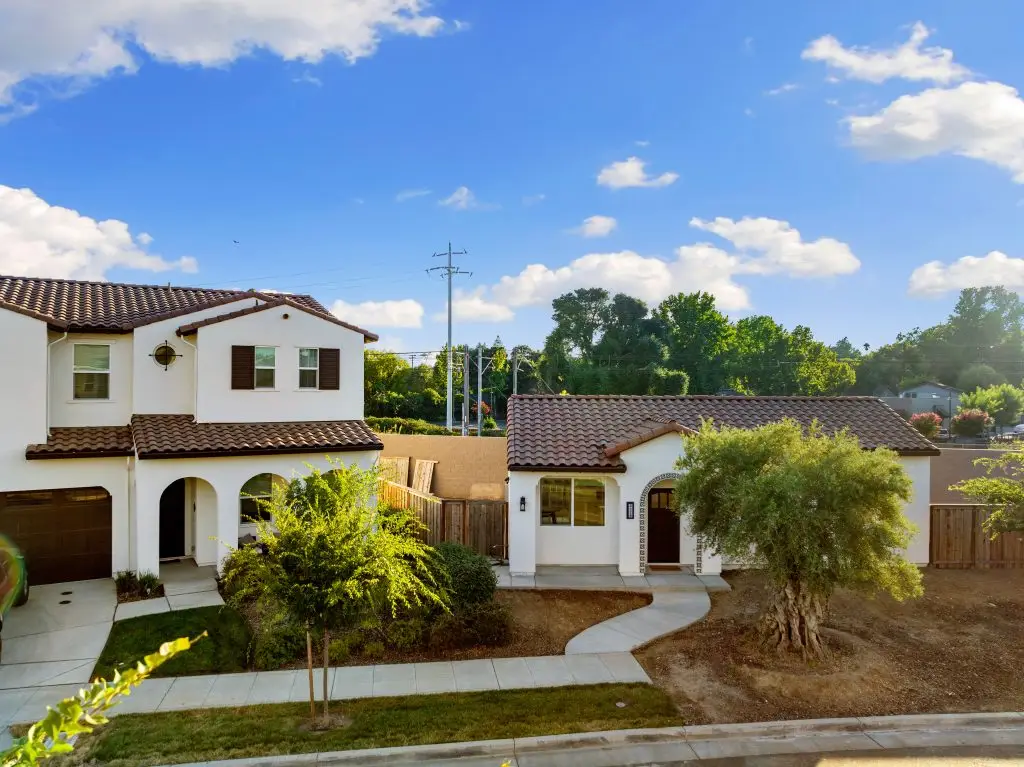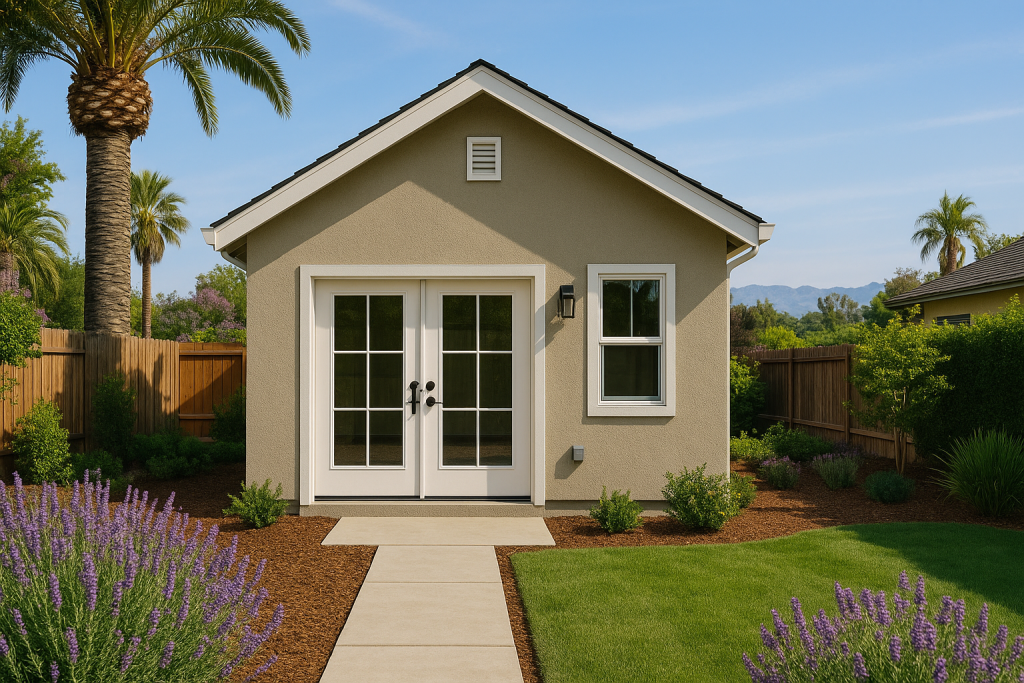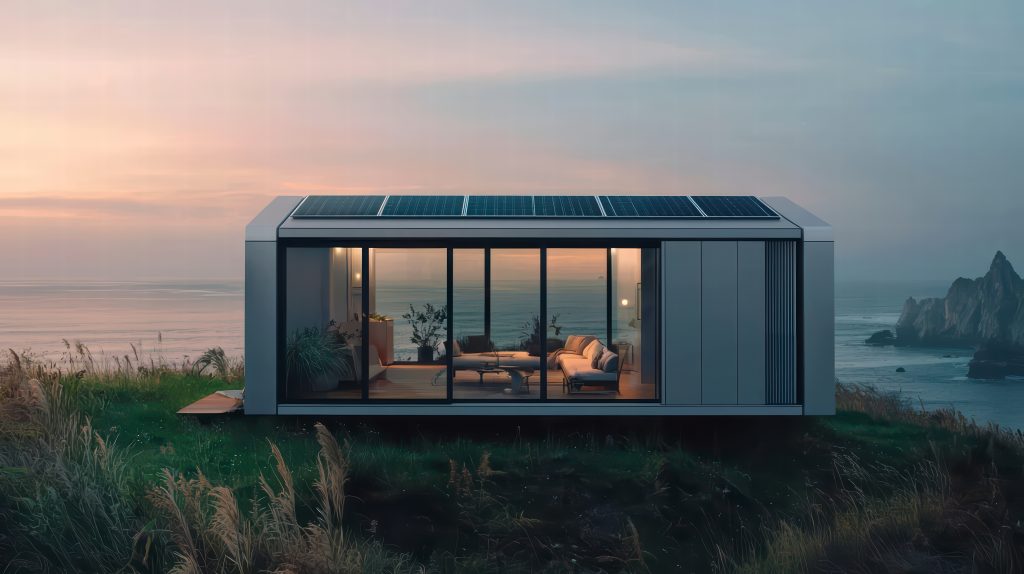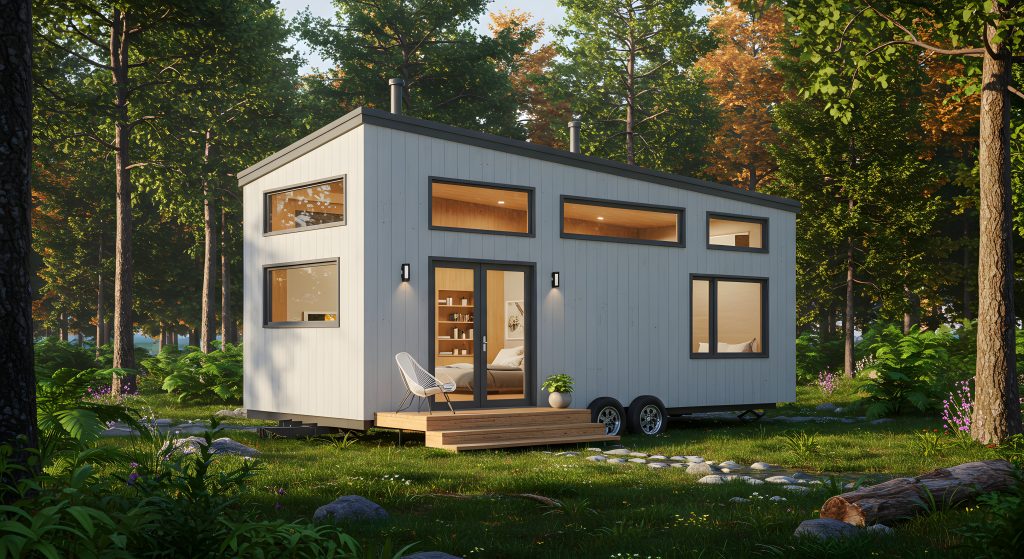
Tiny Homes vs. ADUs vs. Prefab ADUs: What’s the Difference?
When people look for affordable housing or creative ways to expand living space, three terms often come up: Tiny Homes, ADUs (Accessory Dwelling Units), and Prefab ADUs. While they may sound similar, they serve very different purposes—and if you’re a homeowner in California, it’s crucial to know the difference.
In this guide, we’ll break down the distinctions and explain why stick-built ADUs (custom-built on your property) are the best long-term investment.
What is a Tiny Home?
A tiny home is a small, standalone house, typically under 400 square feet. They’re often built on trailers and marketed as affordable, mobile living solutions. While trendy on social media, tiny homes face serious challenges:
Not legal as permanent housing in most cities.
Usually classified as RVs or mobile homes.
Limited financing and no added property value.
Restrictions on where you can park and live in them.
Bottom line: Tiny homes may look cute, but they’re not a practical housing solution for homeowners wanting long-term value.
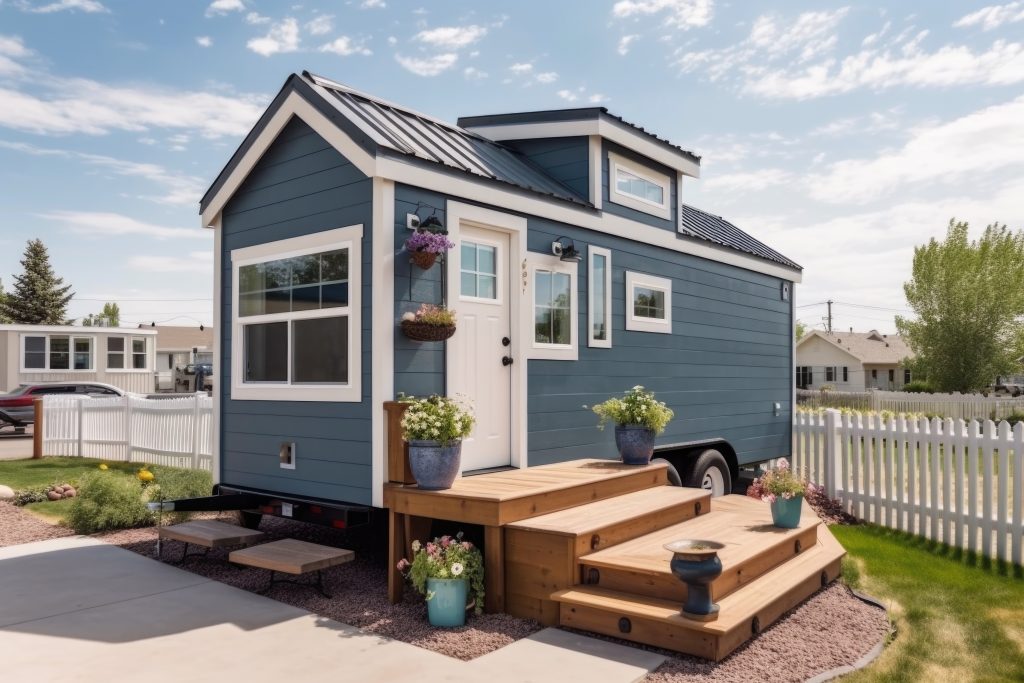
What is an ADU?
An Accessory Dwelling Unit (ADU) is a secondary home built on your property—think of it as a backyard home, in-law suite, or rental unit. Unlike tiny homes, ADUs are fully permitted, meet local building codes, and are legally recognized as permanent housing.
Types of ADUs include:
Detached ADUs – a separate small home in your backyard.
Attached ADUs – connected to your main house.
Garage Conversions – turning an existing garage into a home.
ADUs add real value to your property, provide rental income opportunities, and can house family members.
What is a Prefab ADU?
Prefab ADUs are pre-manufactured units built in a factory, then transported and installed on your property. While they seem like a faster option, they often come with trade-offs:
Limited customization (cookie-cutter designs).
Quality issues during transport and installation.
Site work, foundation, and utility hookups can erase the “cheaper” promise.
Permitting complications depending on city rules.
Lower appraisal value compared to stick-built ADUs, meaning less return on investment.
In some cases, cities may even classify them as sheds, limiting their recognition as livable housing.
Prefab ADUs may look quick and easy, but hidden costs, lower appraisals, and quality issues often frustrate homeowners.
What’s the Difference?
| Feature | Tiny Home | Prefab ADU | ADU |
|---|---|---|---|
| Average Size | 100–400 sq. ft. (often mobile) | 250–800 sq. ft. (factory limits) | 400–1,200+ sq. ft. (custom to your property) |
| Legality | Usually classified as RVs; not legal housing | Sometimes permitted, but rules vary by city | Fully legal, permitted, and recognized as housing |
| Appraisal Value | Deprecating asset. Adds little to no property value | Appraises lower, sometimes counted as a shed | High appraisal; significantly increases property value |
| Construction Time | Quick (already built on trailer) | 2–4 months (factory build + site work) | 6–9 months on average, depending on design |
| Cost | $40K–$150k | $100K–$250k | $150K–$300K |
| Long-Term Value | Minimal; resale is difficult | Moderate; appraisal is lower | Strong; adds income potential & resale value |
Why Stick-Built ADUs Are the Best Option
A stick-built ADU is custom-designed and built directly on your property, just like your main home. This makes it the gold standard for homeowners who want a real investment.
Here’s why stick-built ADUs are better than tiny homes and prefab ADUs:
Full Customization – Designed around your property, needs, and style.
Higher Quality Construction – Built to last, with the same standards as your main home.
Permitting & Compliance – Meets all city and state regulations, no legal headaches.
Long-Term Value – Significantly increases property value and resale potential.
Financing Options – Easier to finance through home equity or ADU loan programs.
Final Thoughts: Choose an ADU That Builds Real Value
While tiny homes and prefab ADUs may seem appealing at first glance, they fall short when it comes to legality, quality, and long-term benefits. If you’re serious about adding livable space, boosting property value, and creating rental income, a stick-built ADU is the smart choice.
Ready to explore building a custom ADU in Sacramento? Contact IMKAT Homes, California’s most trusted ADU builder, and let us design the perfect second home on your property.
